Knowing the differences between epoxy vs resin is crucial for both DIY enthusiasts and professionals. Although they may seem similar, their distinct properties make each better suited for specific tasks.
Epoxy is known for its strength and durability, while resin offers flexibility and cost advantages. This guide will break down everything you need to know about epoxy vs resin, helping you make informed decisions for your next project.
Read on to discover which material is right for you and how to use them effectively.
What Is the Difference Between Epoxy and Resin?
The primary differences between epoxy and resin lie in their composition, hardness, viscosity, and curing processes. Epoxy is a two-part system that cures to a hard, durable finish and is ideal for applications requiring high strength. Resin, which includes polyester and polyurethane types, can vary in hardness and flexibility, often curing faster but being more brittle or versatile depending on the formulation. Epoxy generally has higher viscosity and a longer working time, while resins can be more fluid and cure more quickly.
Want to learn more about how they differ from each? Keep reading to find out which material is best for your next project.
Different Composition Types
Composition plays a significant role in determining the characteristics and applications of epoxy and resin. Here, we break down the composition of epoxy, polyester, and polyurethane resins.
Composition plays a significant role in determining the characteristics and applications of epoxy and resin. Here, we break down the composition of epoxy, polyester, and polyurethane resins.
Epoxy Resin Composition
Epoxy resin is a two-part system consisting of resin and a hardener. When mixed, a chemical reaction occurs, resulting in a strong, durable material. This makes epoxy ideal for applications requiring high strength and durability.
Polyester Resin Composition
Polyester resin is also a two-part system but uses a different catalyst, usually MEKP (Methyl Ethyl Ketone Peroxide). It is often used in fiberglass projects and is known for being more brittle than epoxy.
Polyurethane Resin Composition
Polyurethane resin is versatile and can be either rigid or flexible. It’s commonly used for casting and molding applications due to its quick curing time and ability to capture fine details.
Hardness Scale Comparisons
The hardness of a material is crucial for determining its suitability for various applications. Let's compare the hardness of epoxy, polyester, and polyurethane resins.
Epoxy Hardness
Epoxy resins typically cure to a very hard finish, often around 80-85 Shore D. This makes them ideal for applications where a tough, durable surface is required.
Polyester Resin Hardness
Polyester resins can also cure to a hard finish but are generally more brittle. They are often used in applications where cost is a concern, and extreme durability is not required.
Polyurethane Resin Hardness
Polyurethane resins offer a range of hardness levels, from very soft and flexible to very hard. This makes them suitable for a variety of applications, from flexible molds to rigid castings.
Viscosity & Application Methods
Viscosity affects how a resin flows and is applied.
Epoxy Viscosity and Flow
Epoxy resins typically have a higher viscosity, making them thicker and less prone to running. This makes them ideal for coating applications where a smooth, even layer is desired.
Polyester Resin Viscosity and Flow
Polyester resins generally have a lower viscosity, making them more fluid. This can be beneficial for applications requiring the resin to flow into intricate molds or crevices.
Polyurethane Resin Viscosity and Flow
Polyurethane resins can vary in viscosity, but they are generally easier to pour than epoxy. This makes them suitable for casting applications where detail and flow are important.
Curing Process & Time
The curing process and time can significantly impact the usability and final properties of epoxy and resin.
Epoxy Curing Process
Epoxy resins have a longer working time, usually between 30 minutes to 2+ hours, depending on the formulation. This allows for adjustments and bubble removal before the material starts to harden.
Polyester Resin Curing Process
Polyester resins cure much faster, often within 20-40 minutes. This quick curing time can be advantageous for projects needing rapid completion but offers less flexibility for adjustments.
Polyurethane Resin Curing Process
Polyurethane resins have variable curing times, ranging from a few minutes to several hours. This flexibility makes them suitable for a wide range of applications, from quick prototypes to detailed castings.
🛒 Get your Resin Curing Machine today and take your resin projects to the next level! Achieve flawless, professional results faster and with ease.
Common Uses in Various Industries
Both epoxy and resin find applications across various industries due to their unique properties.
Epoxy Applications
Epoxy is commonly used for flooring, countertops, marine applications, and protective coatings. Its durability and resistance to chemicals make it ideal for industrial and commercial uses.
Polyester Resin Applications
Polyester resin is often used in the construction of fiberglass boats, car bodies, and other applications where cost is a significant factor. It’s also popular in arts and crafts.
Polyurethane Resin Applications
Polyurethane resin is versatile and used in everything from flexible molds to rigid castings. It’s popular in the automotive, aerospace, and consumer goods industries.
Practical Applications: When to Use Epoxy vs Resin
Knowing when to use epoxy versus resin can make a significant impact on the success of your project.
Best Practices for Epoxy Coatings
When coating surfaces with epoxy, ensure the surface is clean, dry, and free of contaminants. Mix the epoxy thoroughly according to the manufacturer's instructions and apply it evenly using a squeegee or roller.
Surface Preparation for Epoxy
Proper surface preparation is crucial for epoxy adhesion. Sand the surface lightly to create a rough texture, clean it with a solvent, and ensure it is completely dry before applying the epoxy.
Utilizing Casting Resin for Molds
Best Practices for Casting with Resin
When using casting resin, choose a mold material that can withstand the heat generated during curing. Mix the resin and catalyst thoroughly, pour slowly to minimize air bubbles, and allow sufficient curing time before demolding.
Mold Preparation and Pouring Techniques
Prepare your mold by applying a release agent to prevent the resin from sticking. Pour the resin slowly and evenly, and use a heat gun to remove any surface bubbles for a smooth finish.
Working With Epoxy vs Resin
Working with epoxy and resin requires specific techniques to achieve the best results.
Proper preparation and mixing are critical for the successful use of epoxy and resin.
Epoxy Mixing Ratios and Techniques
Epoxy resin typically requires a precise mixing ratio, often 1:1 or 2:1 (resin to hardener). Use separate containers for measuring and mixing thoroughly to ensure complete curing.
Polyester Resin Mixing Ratios and Techniques
Polyester resin requires a small amount of catalyst, usually 1-2% by weight. Mix thoroughly but quickly, as the resin will start to cure rapidly once the catalyst is added.
Polyurethane Resin Mixing Ratios and Techniques
Polyurethane resins have variable mixing ratios depending on the formulation. Follow the manufacturer's instructions carefully and mix thoroughly to ensure a consistent cure.
Managing Your Working Time
Epoxy Working Time
Epoxy resins offer a longer working time, allowing for adjustments and bubble removal. Plan your project to take advantage of this extended working time.
Polyester Resin Working Time
Polyester resins cure quickly, so work efficiently to complete your project within the available time. Have all materials and tools ready before mixing the resin.
Polyurethane Resin Working Time
Polyurethane resins have variable working times, so choose a formulation that suits your project needs. Be prepared to work quickly for fast-curing resins.
Dealing With Air Bubbles
Air bubbles can be a common issue when working with epoxy and resin.
Causes of Air Bubbles
Air bubbles can form during mixing or pouring due to trapped air. They are more common in thicker resins and can affect the final appearance of your project.
Techniques to Prevent and Remove Air Bubbles
Preventing and removing air bubbles is essential for a smooth finish.
Using Heat Guns and Torches
After pouring the resin, use a heat gun or torch to gently heat the surface. This helps to release trapped air bubbles and creates a smooth finish.
Vacuum Chambers and Pressure Pots
For smaller castings, use a vacuum chamber to remove air bubbles before pouring. A pressure pot can also be used to compress and eliminate bubbles during curing.
Health & Safety Precautions
Working with epoxy and resin requires careful attention to health and safety measures. Read on for essential tips and guidelines.
Personal Protective Equipment (PPE)
Always wear appropriate PPE, including gloves, safety glasses, and a respirator, when working with resins. This protects you from harmful fumes and skin irritation.
Ventilation and Workspace Safety
Ensure your workspace is well-ventilated to disperse fumes. Use fans or open windows to improve air circulation and reduce the concentration of harmful vapors.
Handling and Disposal of Epoxy and Resin
Follow the manufacturer's guidelines for handling and disposing of resin materials. Dispose of waste materials responsibly and in accordance with local regulations.
🛒Check this Resin Air Purifier collection now and ensure a healthier workspace! Breathe easy and focus on your creativity with cleaner, safer air.
Conclusion
Understanding the differences between epoxy and resin helps you choose the right material for your project. Epoxy offers superior strength and durability, making it ideal for coatings and structural applications. Polyester and polyurethane resins provide flexibility and cost advantages for specific uses. By considering the unique properties and applications of each resin type, you can achieve the best results for your projects. Ready to elevate your crafting game? Discover our premium selection and expert tips at Resiners today!
Frequently Asked Questions
What is the difference between casting resin and epoxy resin?
Casting resin is designed for deep pours and capturing fine details, while epoxy resin is typically used for surface coatings and bonding applications. Casting resin often has a lower viscosity and longer curing time than epoxy resin.
Is epoxy resin waterproof?
Yes, epoxy resin is waterproof once fully cured. It is commonly used in marine applications and for sealing surfaces to protect against water damage.
Are there disadvantages to using resin?
Potential disadvantages include sensitivity to UV light (leading to yellowing), the need for precise mixing ratios, and potential health hazards from fumes and skin contact. Proper handling and safety measures can mitigate many of these issues.
Is epoxy resin the same as plastic?
Epoxy resin is a type of plastic, specifically a thermosetting polymer. Unlike thermoplastics, which can be melted and reshaped, thermosetting plastics like epoxy resin cure into a hard, irreversible form.

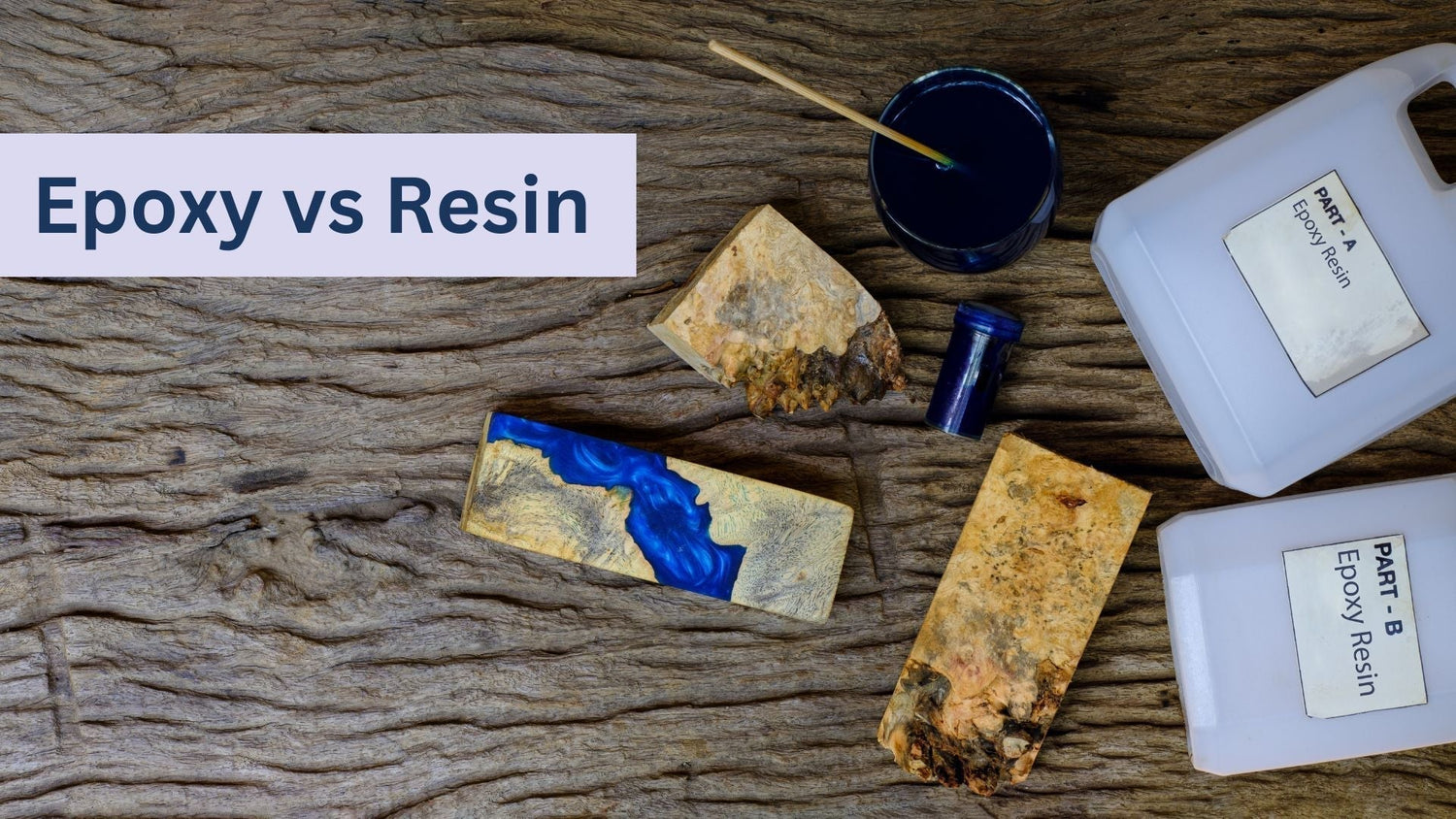






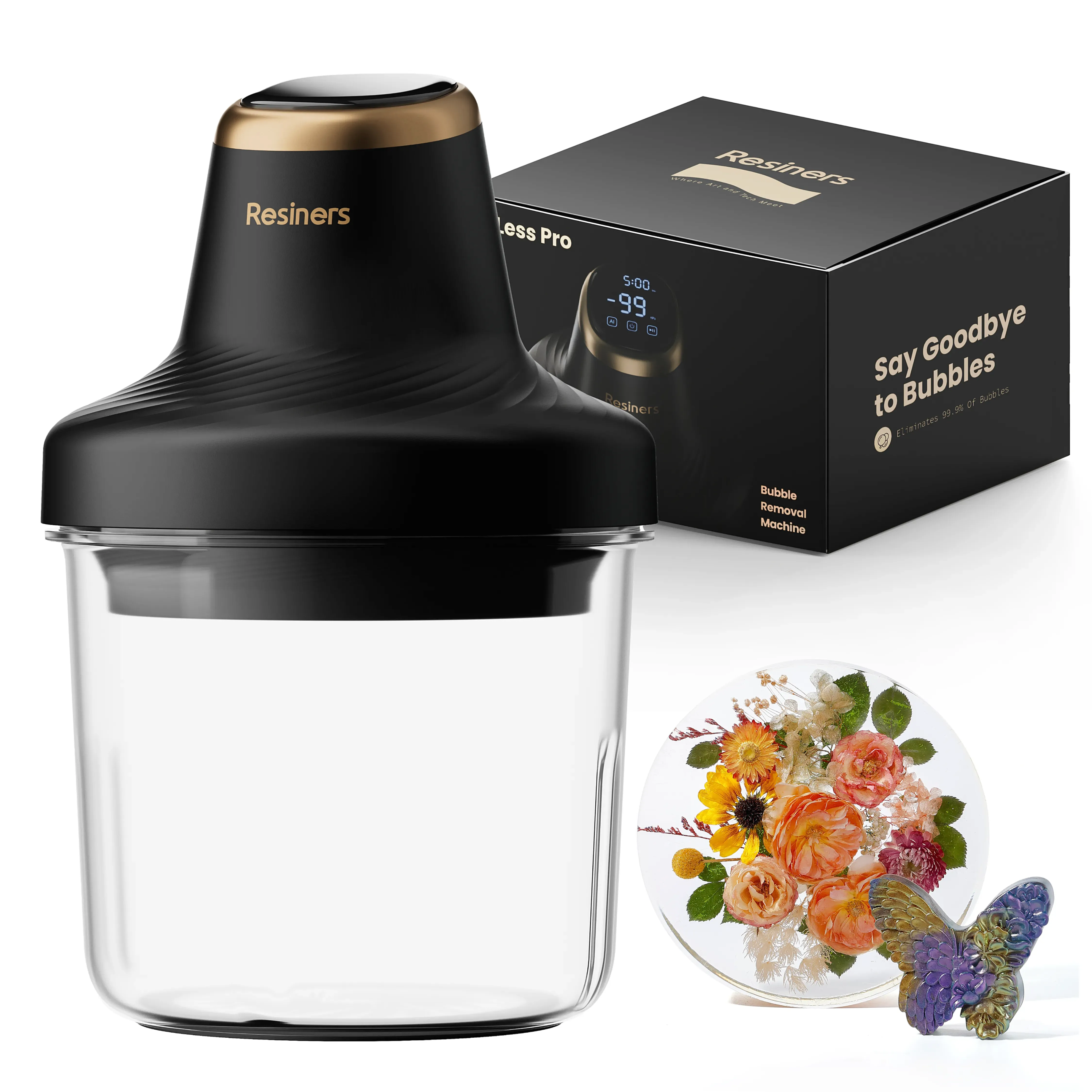
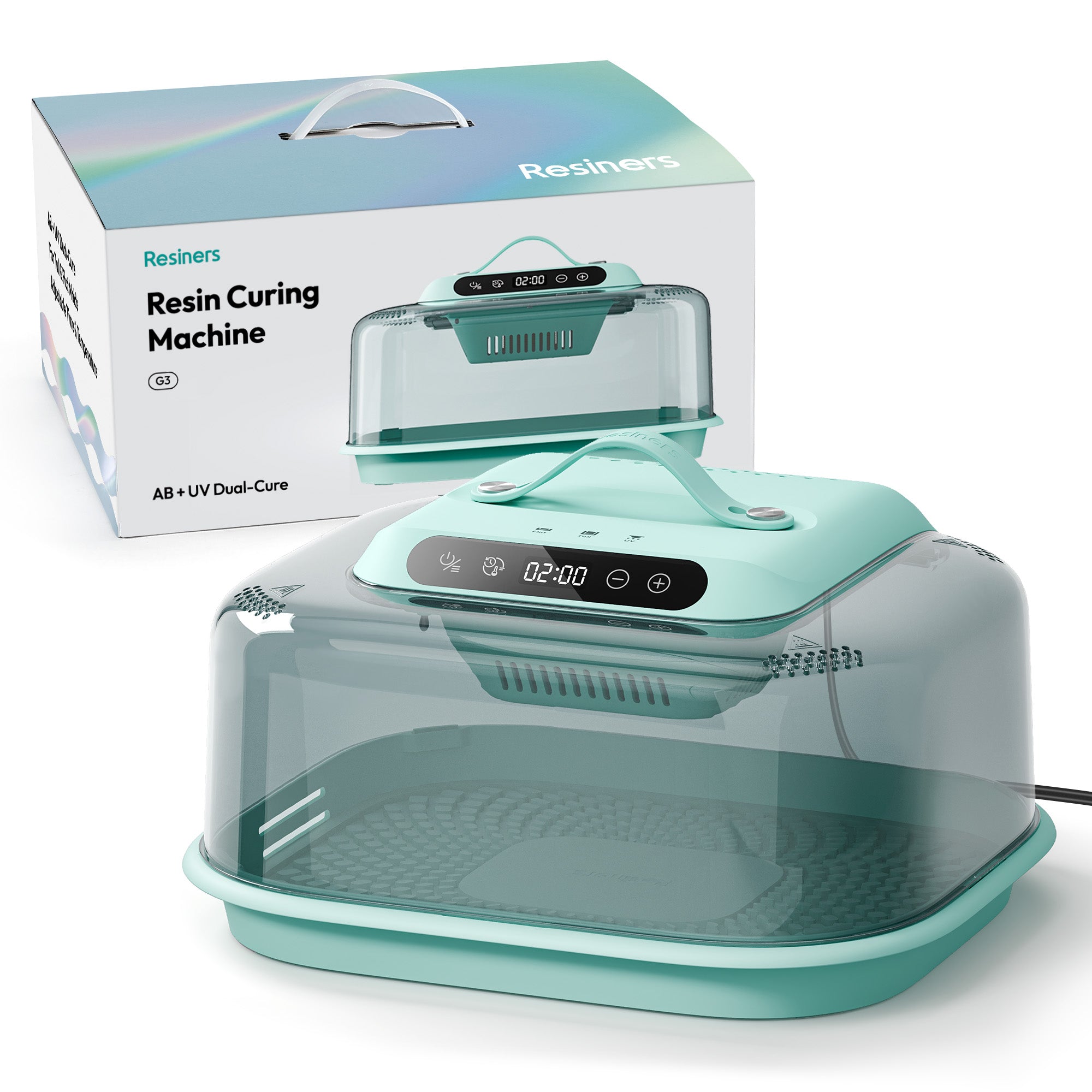

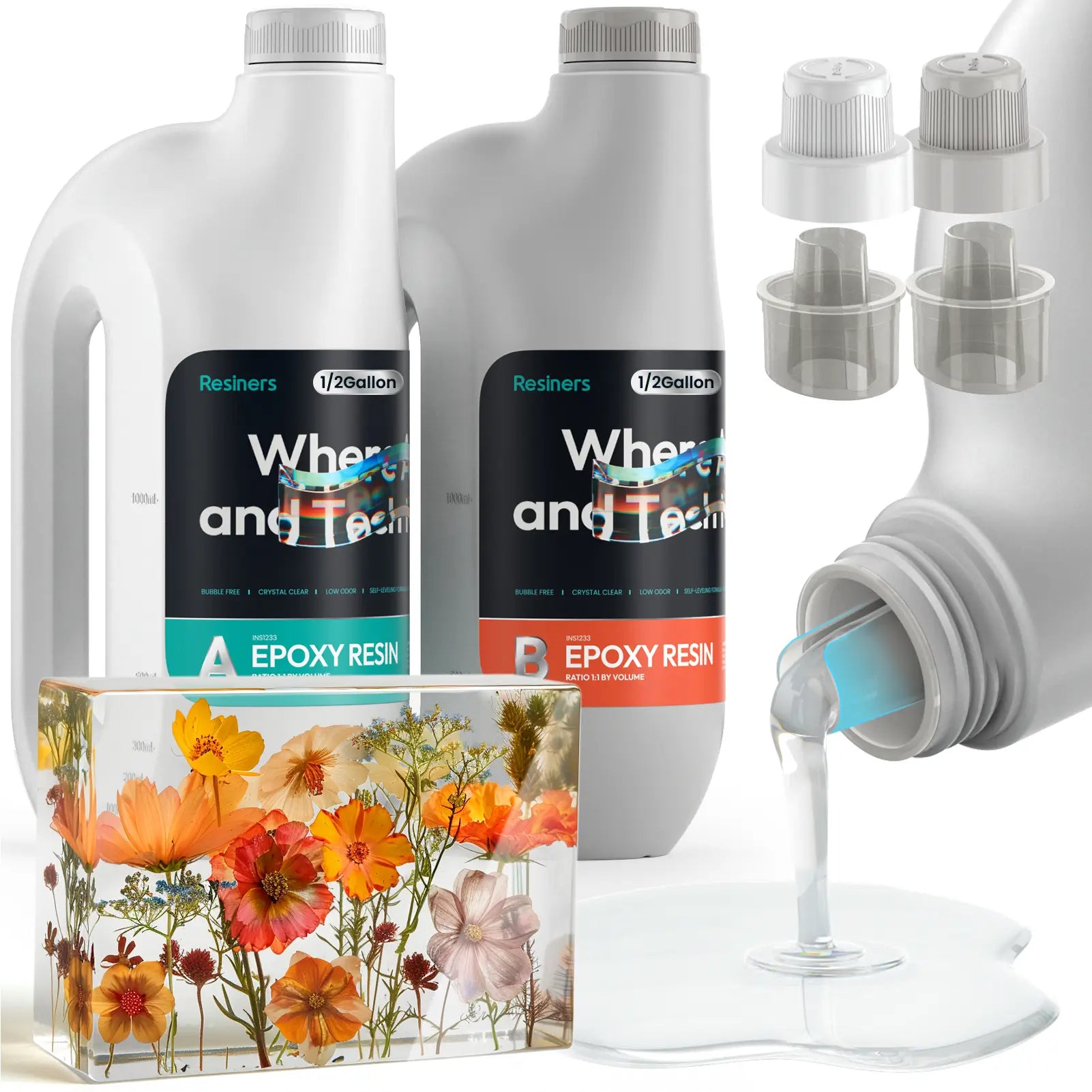
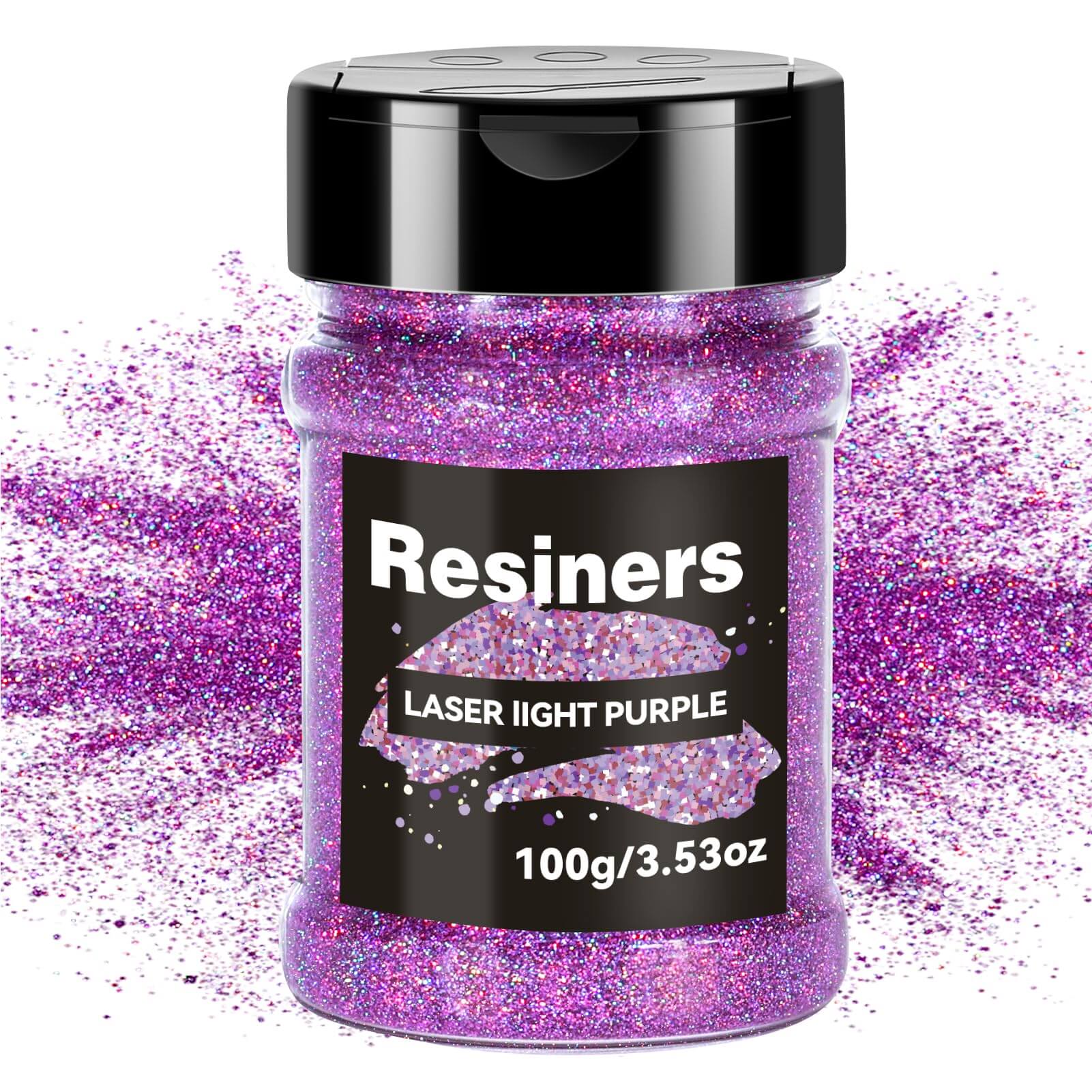
Deixar comentário
Este site é protegido por hCaptcha e a Política de privacidade e os Termos de serviço do hCaptcha se aplicam.